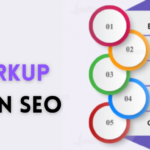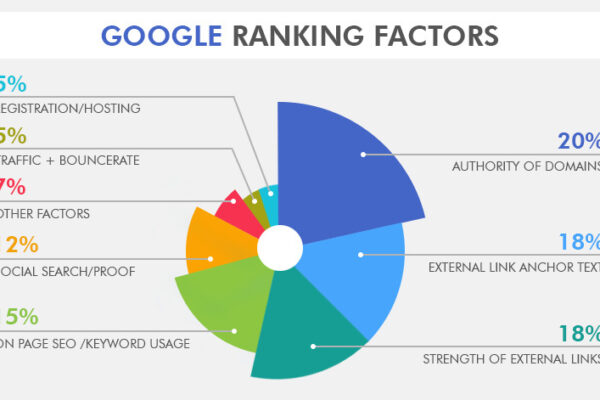In order to improve visibility and rank higher on search engines, blog posts must be optimized for SEO using a number of crucial tactics. Using pertinent keywords in titles, headers, and meta descriptions is a critical component of SEO-optimized blog entries. Use headings, bullet points, and brief paragraphs to break up material so that your postings are easy to read. Optimize website load speed and include relevant, high-quality photos with the appropriate alt tags.
What are Blog Posts for SEO?
Blog posts for SEO are written content designed to improve a website’s visibility on search engine results pages (SERPs). These posts strategically incorporate relevant keywords, high-quality content, and user-friendly formatting to attract organic traffic. Effective SEO blog posts address specific queries or interests of the target audience while adhering to search engine guidelines. They often include optimized titles, meta descriptions, headers, internal and external links, and multimedia elements like images or videos. By consistently publishing such posts, businesses and individuals can establish authority in their niche, enhance user engagement, and boost their site’s ranking on search engines like Google.
Why are Blog Posts Important for SEO?
Blog posts are important for SEO because they provide fresh, relevant, and keyword-rich content that helps search engines understand the purpose of your website. Regularly publishing blog posts allows you to target specific keywords and phrases your audience is searching for, increasing your visibility in search engine results pages (SERPs).
Additionally, blogs improve site authority by attracting backlinks from other websites, which signals credibility to search engines. They also enhance user engagement by answering questions, offering value, and keeping visitors on your site longer, which positively impacts ranking factors like dwell time and bounce rate. Overall, blog posts are a powerful tool for driving organic traffic and building a strong online presence.
How to Optimize Blog Content for SEO ?
Optimizing blog content for SEO involves implementing strategies that improve its visibility on search engine results pages (SERPs) and drive organic traffic. Here are steps to optimize your blog content for SEO:
- Perform Keyword Research
- Use tools like Google Keyword Planner or SEMrush to identify relevant keywords.
- Focus on long-tail keywords that match the intent of your audience.
- Write High-Quality Content
- Ensure your content is original, engaging, and valuable to readers.
- Answer common questions and address pain points for your audience.
- Optimize Title and Meta Description
- Include your primary keyword in the title tag (preferably near the beginning).
- Keep the title under 60 characters for better display.
- Write a compelling meta description (under 160 characters) with the main keyword.
- Structure Content for Readability
- Use headings and subheadings (H1, H2, H3, etc.) with relevant keywords.
- Keep paragraphs short and use bullet points or numbered lists for clarity.
- Optimize Images
- Compress images to improve page loading speed.
- Use descriptive file names and add alt text containing keywords.
- Build Backlinks
- Promote your blog through guest posts, outreach, and collaborations.
- Backlinks from authoritative sites boost your blog’s credibility and SEO.
- Add Internal and External Links
- Link to other related blog posts or pages on your site to boost engagement.
- Link to high-authority sources to support your claims and add credibility.
SEO Tools for Perfecting Your Blog Posts
Creating blog posts optimized for search engines (SEO) involves using tools and tactics to ensure your content ranks higher and reaches the right audience. Here’s SEO tools and tactics for perfecting your blog posts:
- Keyword Research Tools:
- Google Keyword Planner: Identify high-traffic, low-competition keywords.
- SEMrush: Find keyword variations and competitor insights.
- On-Page Optimization Tools
- Yoast SEO (WordPress): Provides readability and SEO suggestions.
- Rank Math: Advanced SEO plugin with features like schema and keyword analysis.
- Content Analysis Tools
- Grammarly: Ensures grammatically correct and engaging content.
- Improves readability by identifying complex sentences.
- Analytics and Performance Monitoring
- Google Analytics: Tracks website traffic and user behavior.
- Google Search Console: Monitors site performance and search indexing.
- Technical SEO Tools
- Screaming Frog: Crawls your site for broken links, duplicate content, and meta issues.
- Cloudflare: Enhances site speed and security.
By combining these tools, you can craft blog posts that are both reader-friendly and search-engine optimized.
For more detailed information, visit the Elseo.us page.
















